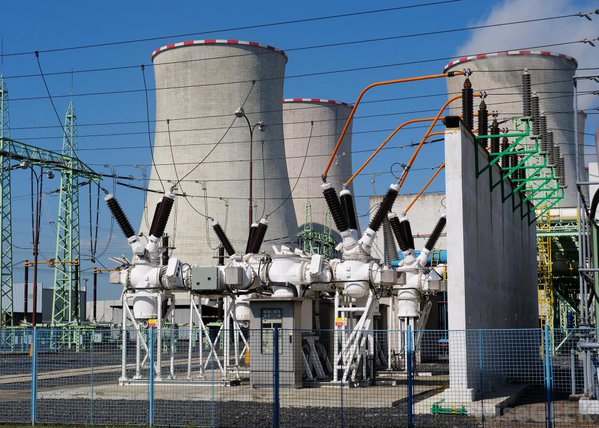Breaking News
Budget 2017: The Nigerian Government Is Spending N8.4bn On Generators In 2017

The Federal Government, its agencies, ministries and institutions will spend N8.4bn on the maintenance, fuelling and purchase of new generators in the 2017 fiscal year.
Punch Newspaper breakdown analysis reveals that, out of the budgeted figure, the maintenance of generators will gulp N1.8bn; fuelling, N4.1bn; while the purchase of new generators will cost N2.5bn.
These figures are contained in the 2017 budget, which was submitted to a joint session of the National Assembly by President Muhammadu Buhari on December 14, 2016.
The N7.3tn budget has a total capital vote of N2.24tn, representing 30.7 per cent, while the recurrent component stood at N2.98tn with the rest allocated for debt servicing.
Among the big spenders on generators is the headquarters of the Ministry of Power, Works and Housing, which plans to spend N19.6m on maintenance, N16.3m on fuelling and N181.2m on the purchase of new generators.
Under the ministry, the Nigerian Electricity Regulatory Commission plans to purchase new generators at the cost of N50m.
Also among the big spenders, the headquarters of the Ministry of Finance proposes to spend N72m and N80m on the maintenance and fuelling of generators respectively.
The Ministry of Industry, Trade and Investment’s headquarters is to spend N9.4m on maintenance and N59.4m on fuelling.
The Nigerian Export Processing Zones Authority plans to spend N59.7m on the purchase of generators.
The budget also captured N10m as proposal on the maintenance of generators at the headquarters of the Ministry of Petroleum Resources, while the Department of Petroleum Resources will also spend N50m to maintain generators.
The headquarters of the Ministry of Mines and Steel Development proposes N7m and N26m on the maintenance and fuelling of generators respectively.
The Ministry of Budget and National Planning’s headquarters’ budget for the maintenance of generators is N38m. Purchase of new generators will gulp N25m.
The National Identity Management Commission is expected to spend N1.5m on maintenance, N12m on fuelling and N214.5m on the purchase of generators.
In the meantime, the headquarters of the Ministry of Defence requires N7.4m to maintain their generators and N12m to fuel them.
Under the ministry, the Nigerian Navy is expected to spend N24m on maintenance and N63.8m on fuelling.
The Nigerian Army will spend N18.4m on fuelling.
The amount for maintenance of generators by the Nigerian Army was not included in the budget.
The Nigeria Airforce plans to spend N38m and N20m on maintenance and fuelling respectively.
The Police Formations and Command proposes to spend N52m on maintenance, N153.3m on fuelling and N113m on purchase of new generators.
As for the Presidential Air Fleet in the State House, maintenance of generator will cost N6.3m while fuelling will gulp N30m in the 2017 fiscal year.
The National Youth Service Corps plans to spend N9m on generator maintenance, N28m on fuelling and N153m to buy new generators.
At the headquarters of the Ministry of Justice, generator maintenance is to cost N7m while N20m has been budgeted for fuelling.
Under the ministry, the Independent Corrupt Practices and Other Related Offences Commission will spend N18m on maintenance of generators, N40m on fuelling and N45m on purchase of new ones.
Meanwhile, the Ministry of Niger Delta said it would spend N2.5m on generator maintenance and N10m on fuelling in the 2017 fiscal year.
An economist, Henry Boyo, lamented that in spite of the “huge” amount of money spent on fixing power supply in the past 20 years, the country had yet to steadily double its power output.
He said, “I think in view of the severe power shortage in this country, the figure is not huge. But when you look at the bigger picture, we should be more concerned that after spending over $20bn in the past 20 years on fixing power supply in the country, we have yet to consistently double our power output from 2,000MW that it was 20 years ago to 4,000MW.”






